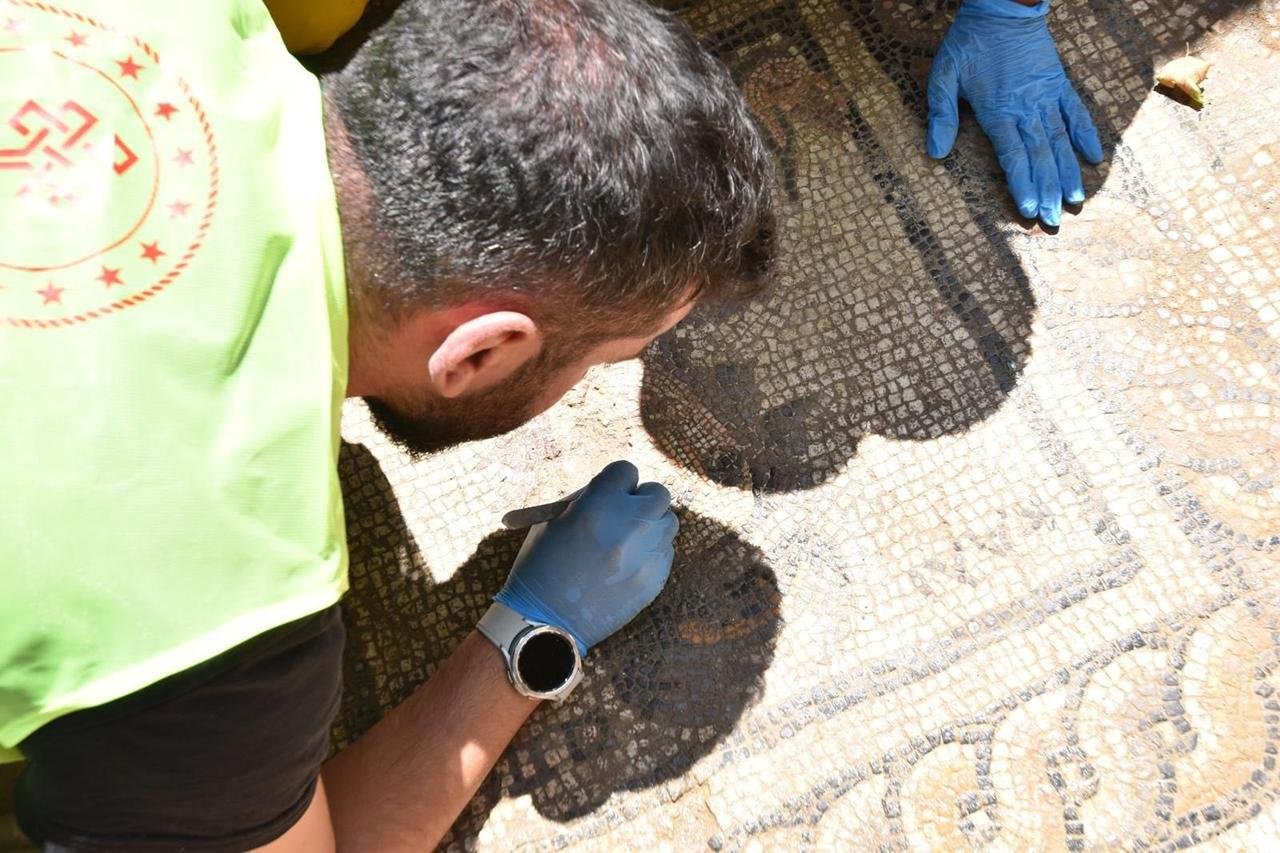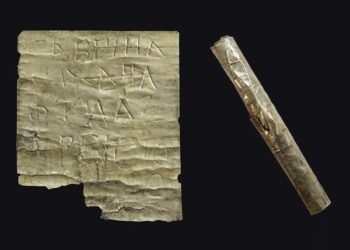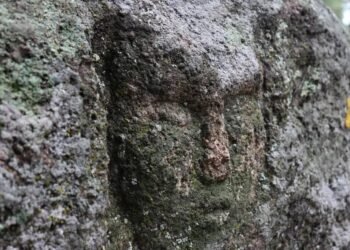Excavations in the ancient city of Side, located in southern Turkey, have unearthed a remarkable mosaic floor dating back to the 2nd century BCE, depicting the legendary figure of Kalliope, one of the nine muses in Greek mythology. The discovery was announced by the Ministry of Culture and Tourism.

Situated in the Manavgat district of Antalya, the ancient city of Side has a storied past, dating back to its founding in the 7th century BCE. It rose to prominence as a crucial port city during the Roman Empire and played a pivotal role in the region’s history.
Kalliope, whose name means “beautiful voice,” is revered as the muse of epic poetry, epics, and rhetoric in Greek mythology.
Believed to be the daughter of Zeus and the titan Mnemosyne, she is often depicted holding a writing tablet and stylus, symbolizing her role as the inspiration for literary works of great significance. Among her notable influences are Homer’s epics, the Iliad and the Odyssey, along with works by renowned poets such as Hesiod, Sappho, and Pindar.

Excavations and restoration efforts in Side have been ongoing for decades, with the recent discovery being part of broader initiatives such as the Heritage for the Future and Legacy to the Future projects.
These efforts, spearheaded by the Ministry of Culture and Tourism, aim to preserve Turkey’s archaeological sites and promote their significance both locally and internationally.

In addition to the mosaic depicting Kalliope, other artifacts and features have been uncovered during the excavations, including frescoes that offer insights into the artistic sensibilities of the period.


































